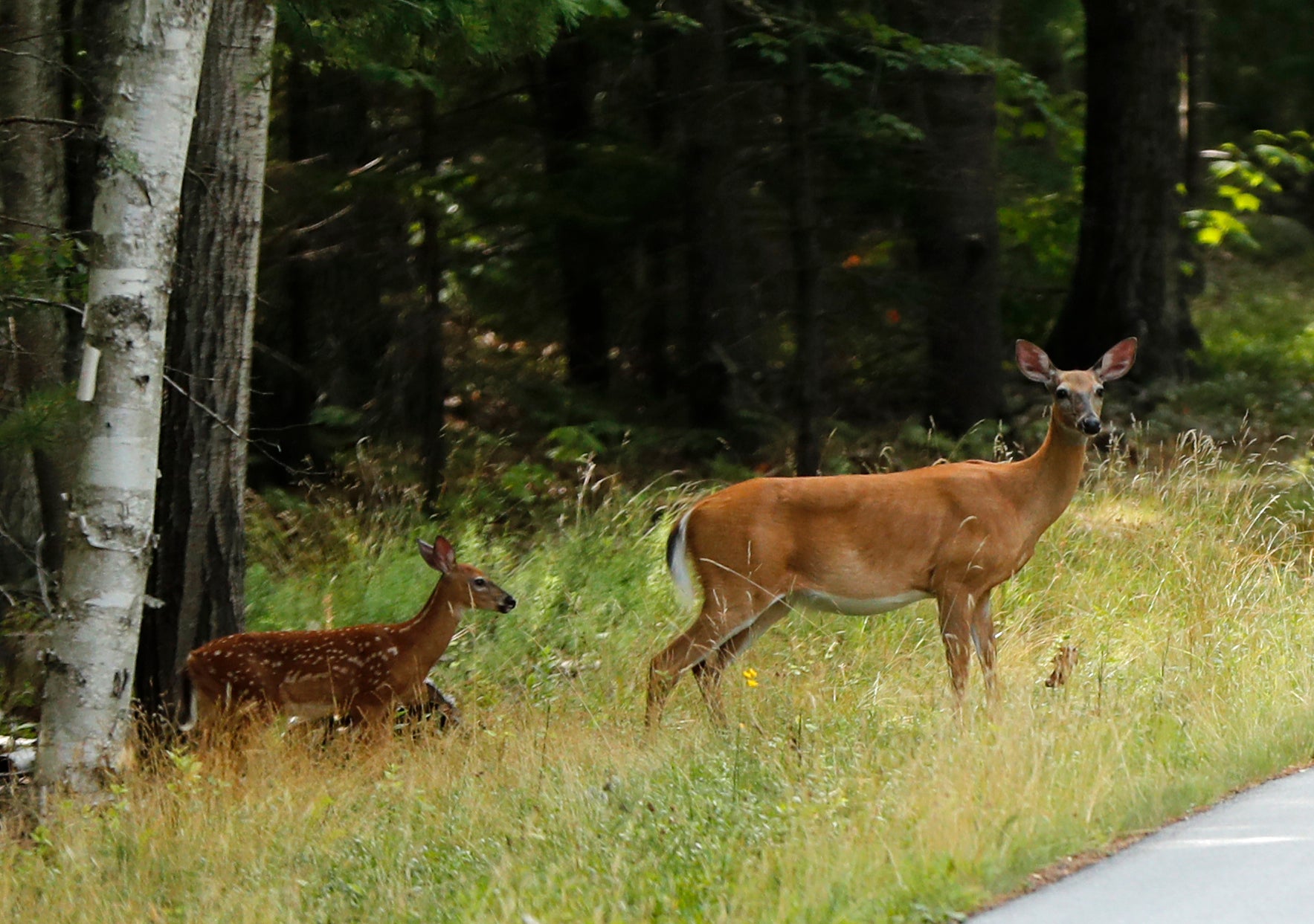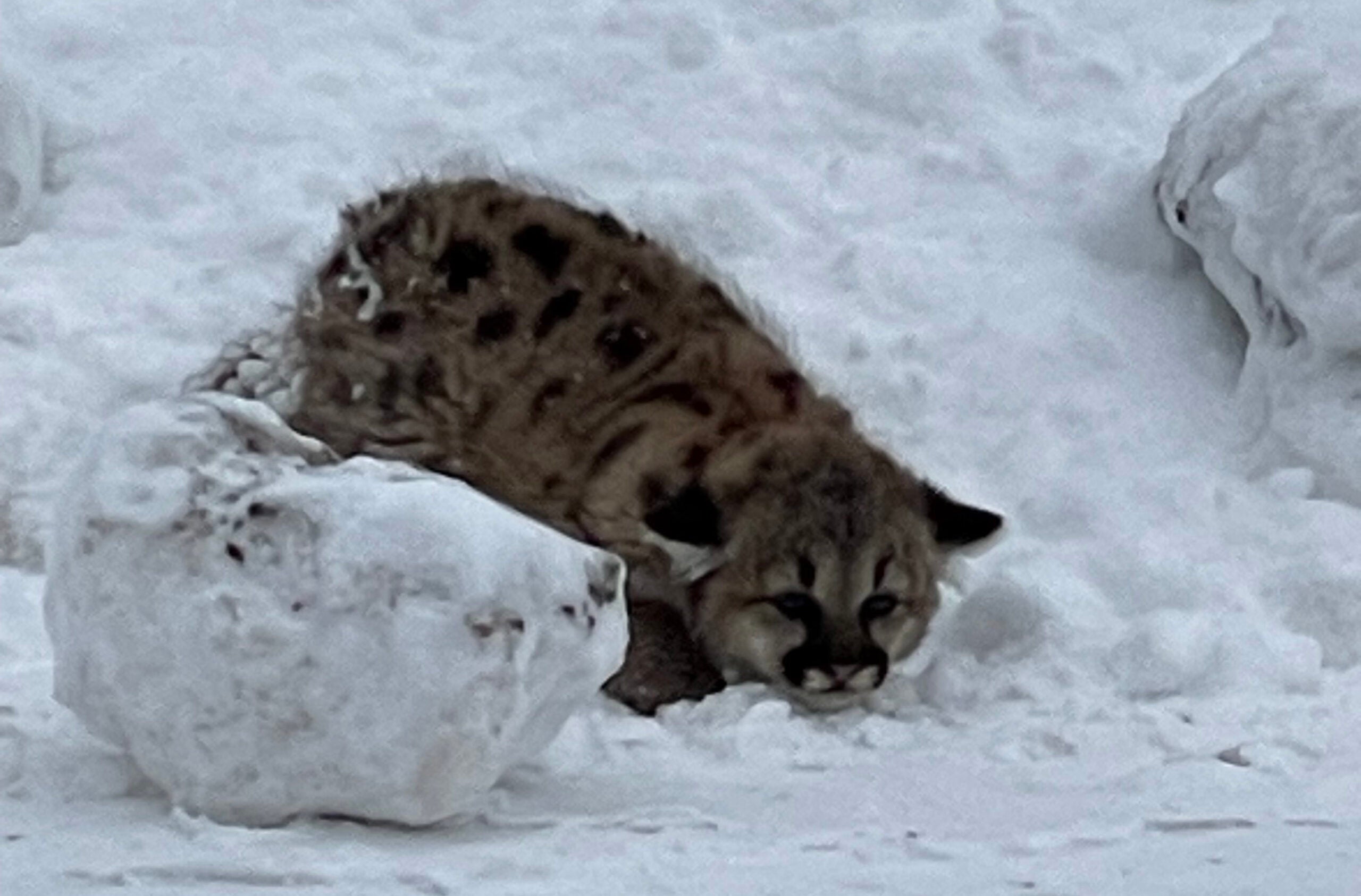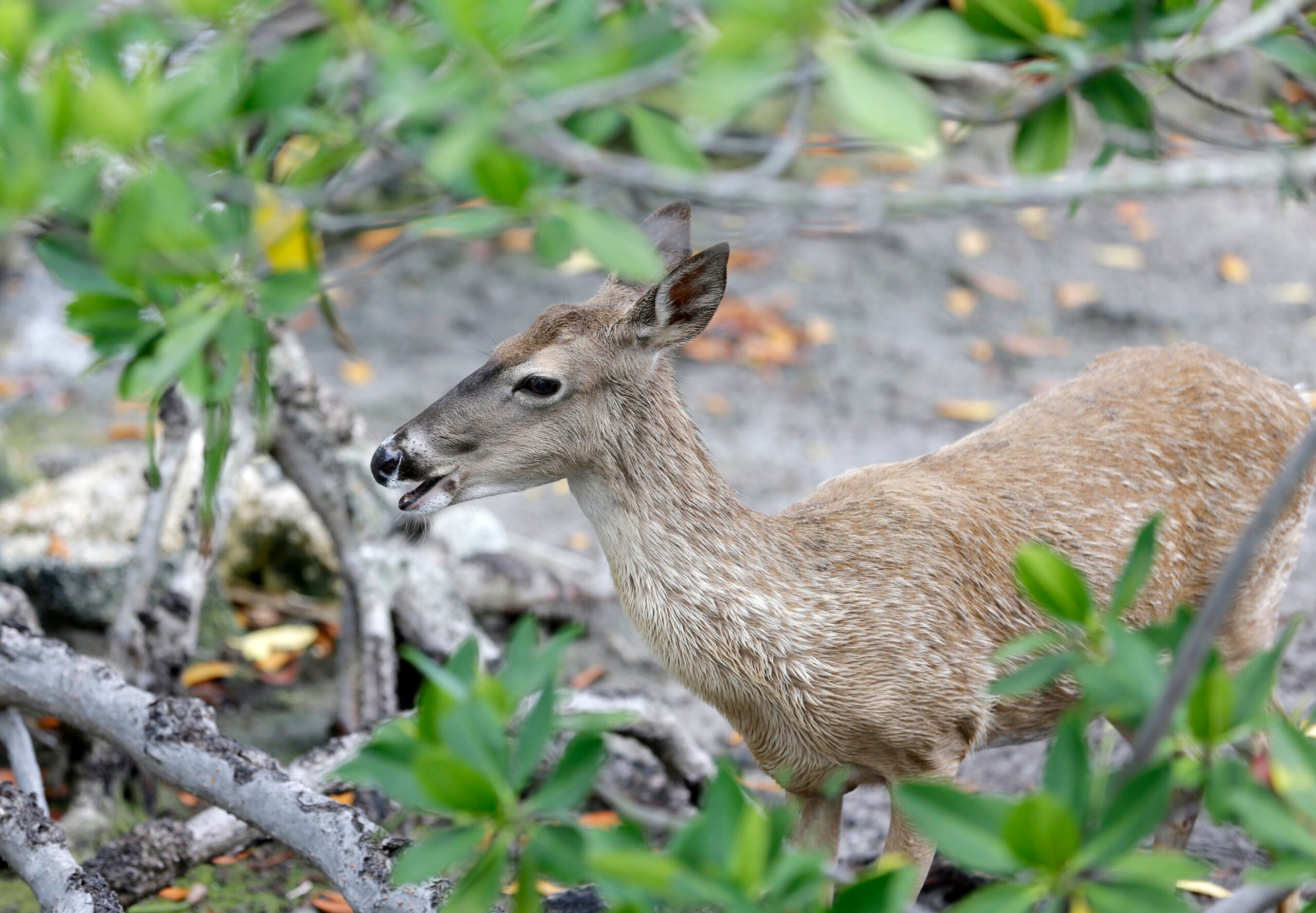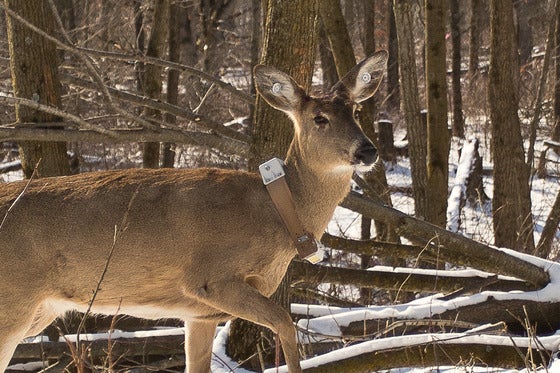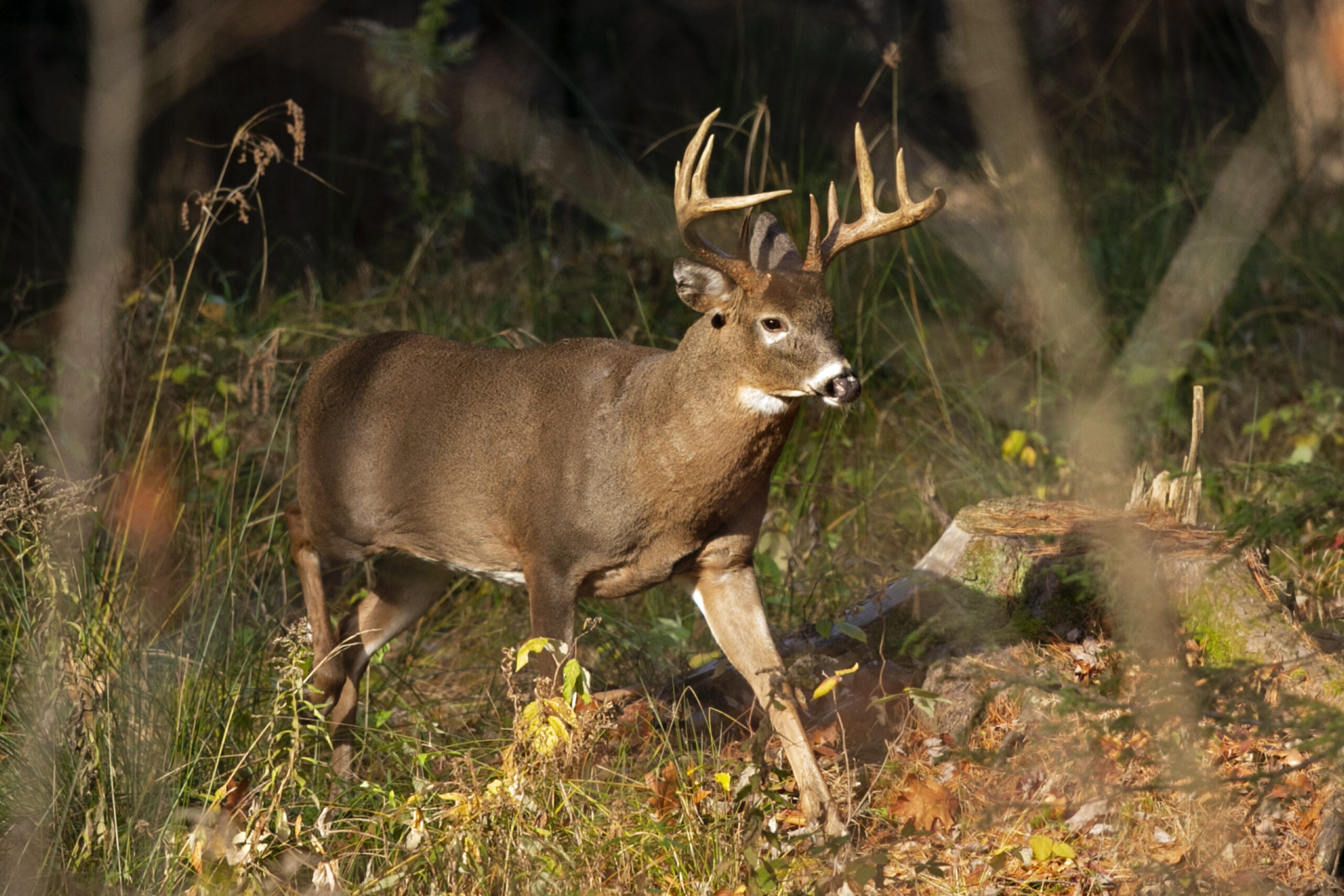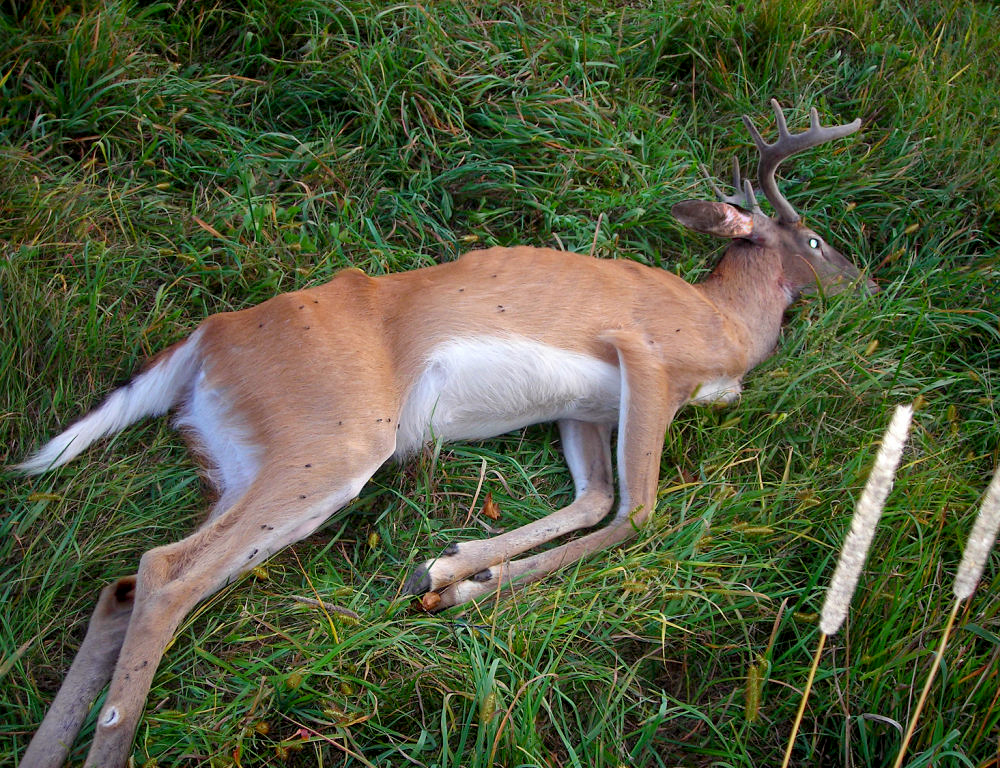A committee of hunters formed by the state Department of Natural Resources is recommending mandatory testing for chronic wasting disease in parts of western Wisconsin during the state’s gun-deer hunt this fall.
The testing would be mandatory in six townships in Eau Claire, Dunn and Pepin counties.
The group has also called for mandatory in-person registration during the season’s opening weekend.
Stay informed on the latest news
Sign up for WPR’s email newsletter.
The Chippewa Valley CWD Advisory Team is made up of seven people from Eau Claire, Chippewa, Buffalo, Trempealeau, Pepin and Dunn counties. It was formed after a 2-year-old doe tested positive for the disease in western Eau Claire County in 2018. The goal of the committee is to gather public opinions, consider peer-reviewed data on CWD surveillance and make recommendations to the DNR on how to address the potential outbreak in western Wisconsin.
Bill Hogseth is a wildlife biologist with the DNR coordinating the CWD advisory team. In an interview with WPR, he said the sick doe found in Eau Claire County had a larger than normal impact on the surrounding area because the positive was along the far western edge.
“And it just so happened that six counties were affected by that one deer,” Hogseth said. “That’s a lot of counties to be affected by one CWD detection.”
The CWD advisory team, along with the DNR, set a goal of collecting samples from 310 deer in a 500-square-mile surveillance area from March 1, 2018 to Feb. 19, 2019 to see if others near the original detection site were carrying the disease. Hogseth said the DNR sought voluntary submissions from hunters, took samples from deer killed by vehicles and issued permits to property owners allowing them to shoot deer on their land if they have them tested for CWD.
“We ended up coming up short of our goals,” Hogseth said. “We weren’t able to meet that 310 in the surveillance area and the 70 in the focus area.”
A 2019 report from the advisory team states 238 samples were collected during that time frame in the surveillance area. Two tested positive for the fatal brain disease.
But members of the CWD advisory team want more data.
During their latest meeting in June, the group recommended collecting between 500 and 600 more samples in hopes of learning how prevalent the disease may be in the western Wisconsin herd.
Mark Noll, who chairs the Buffalo County Deer Advisory Council, told WPR they won’t be able to get those numbers through voluntary submissions.
“I wish we’d have done it mandatory right off the bat,” said Noll. “We kind of lost a whole year in this already. There’s townships right next to the surveillance area that didn’t do any testing at all.”
Noll said the ultimate goal is to try and pinpoint where the western Wisconsin CWD positives may be coming from.
“If you knew that there was a real hot spot with CWD within that area, you could work at reducing the population,” Noll said. “We haven’t done any of that so far.”
In his role as chair of the Buffalo County Deer Advisory Council, Noll made headlines after he and fellow council members voted in April to only allow hunters to shoot antlerless deer in Buffalo County this November. Noll said the move was based in frustration that the state Legislature and DNR don’t offer more options for counties looking to reduce the deer population. The DNR rejected the antlerless-only suggestion from the council.
Buffalo County is prized among deer hunters for producing more large bucks than any other county in the United States, according to the Boon and Crocket Club, which verifies trophy whitetails.
Noll said if the deer population is allowed to continue growing and the disease continues unchecked, deer hunting in Buffalo County will change.
“If we’re going to let it spread in here, like I say, in 20 years we won’t have any big bucks left anymore,” Noll said. “They die. They die when they’re young.”
Wisconsin Public Radio, © Copyright 2025, Board of Regents of the University of Wisconsin System and Wisconsin Educational Communications Board.
